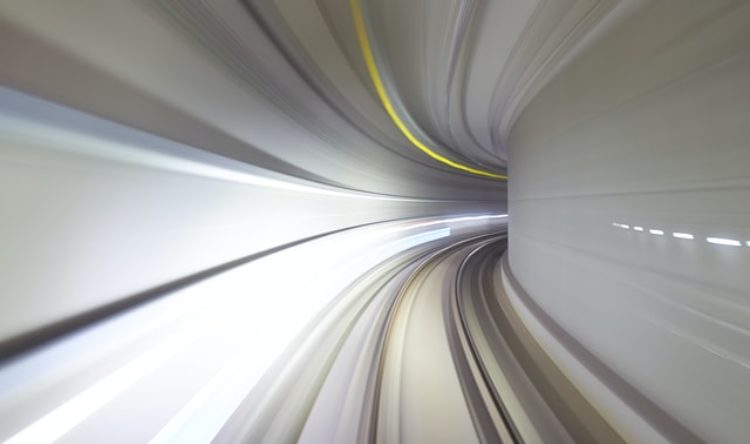Is the whole model of car ownership being forced into a shift?
2019 to be the most expensive year ever to own a car
The end of 2018 is drawing to a close and we’ve seen many changes within the motoring world, from learner drivers on the motorways to a new MOT.
So what can we expect in 2019? Although there are bound to be several unknown shocks and surprises to drivers over the next twelve months, here are a few of the main changes we can expect in the new year…
Emission mission
As mentioned in an earlier article, an Ultra Low Emission Zone (ULEZ) will be in place in central London from the 8th of April next year and will replace the T-Charge. Most vehicles, including older petrol cars and most diesel cars sold before certain dates, must meet stricter exhaust emission standards or drivers must pay a daily charge to drive these cars.
“It is clear that charging clean air zones have the greatest impact by bringing the majority of zones into compliance by 2021,” said a report by the Department for Environment Food & Rural Affairs (DEFRA).
The Worldwide Harmonised Light Vehicle Test Procedure (WLTP)—the laboratory test to measure fuel consumption, emissions of pollutants, and CO2 from passenger cars—first applied to new cars in September of last year.
Before the WLTP, the New European Driving Cycle (NEDC) was the test used but, because of progression in technology and driving conditions, it had become outdated because the test based its values on a theoretical driving profile while the WLTP cycle uses real-driving data, collected from around the world and better shows typical driving behaviour.
From the 1st of January 2019, databases will show only the WLTP results for Fuel Consumption, yet the results for CO2 emissions will continue to be NEDC (or NEDC equivalent) figures until the 6th of April 2020.
Mike Hawes, Chief Executive Officer at Society of Motor Manufacturers and Traders (SMMT), said of WLTP: “This is an opportunity to reassure consumers that their cars will achieve figures much closer to the official ones.”
How driver licensing will work if you drive within the EU after the 29th of March 2019 (when the UK leaves the EU) will depend on a ‘deal or no-deal‘ situation, so if you wish to drive to an EU country soon, it might be best to go in the next couple of months.
The current situation is simple; you need only your UK driving licence to drive anywhere in the EU, for work or pleasure. Yet if there’s a ‘no-deal’ Brexit, the mutual recognition of driving licences between the UK and EU could end, which means drivers may need an International Driving Permit (IDP) to drive within the EU (which some countries outside the EU already require).
If this happens, the International Driving Permit you will need to buy will depend on which EU country you plan to visit. Cyprus, Ireland, Malta, and Spain recognise the ‘1949 Geneva Convention on Road Traffic’ licence. The licence remains in force for 12 months. All other EU countries including Norway and Switzerland recognises the ‘1968 Vienna Convention on Road Traffic’ licence, which remains in force for three years.
Even if the UK makes a deal with the EU, the government has decided that from the 1st of February 2019, the AA and RAC may no longer issue IDPs, nor will mail order facilities exist to apply for them. Instead, around 2,500 Post Offices (instead of the current 89) will issue them.
From the 1st of April, Vehicle Excise Duty (VED) for all cars, vans, and motorcycles will increase in line with RPI (one of the two main measures of inflation).
Most drivers of cars registered before 1 April 2017 will have to pay an extra £5 in standard rate VED for the year, meaning an annual bill of £145 for petrol and diesel cars and £135 for hybrids. Owners of older, high emission models will pay up to £15 extra. Buyers of new vehicles with CO2 emissions over 255g/km must pay an extra £65 on first-year car tax.
The premium tax owners must pay for the first five years at the standard rate on cars with a list price of £40,000 or more has increased from £310 to £320. Owners of electric cars will still not have to pay VED charges.
Ministers said the increase in car tax in line with RPI would “ensure that VED receipts are maintained in real terms and that motorists continue to make a fair contribution to the public finances,”.
Thank you to PetrolPrices.com & the ADINJC for this article.




